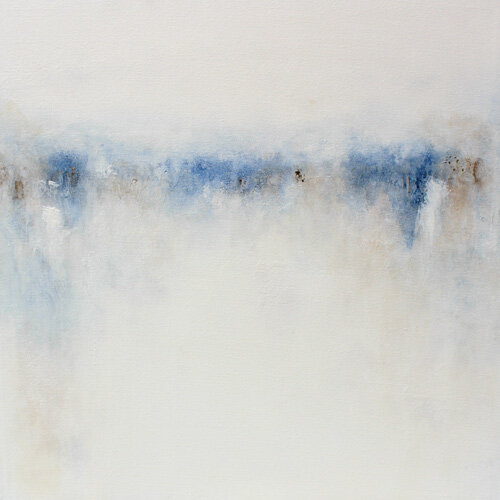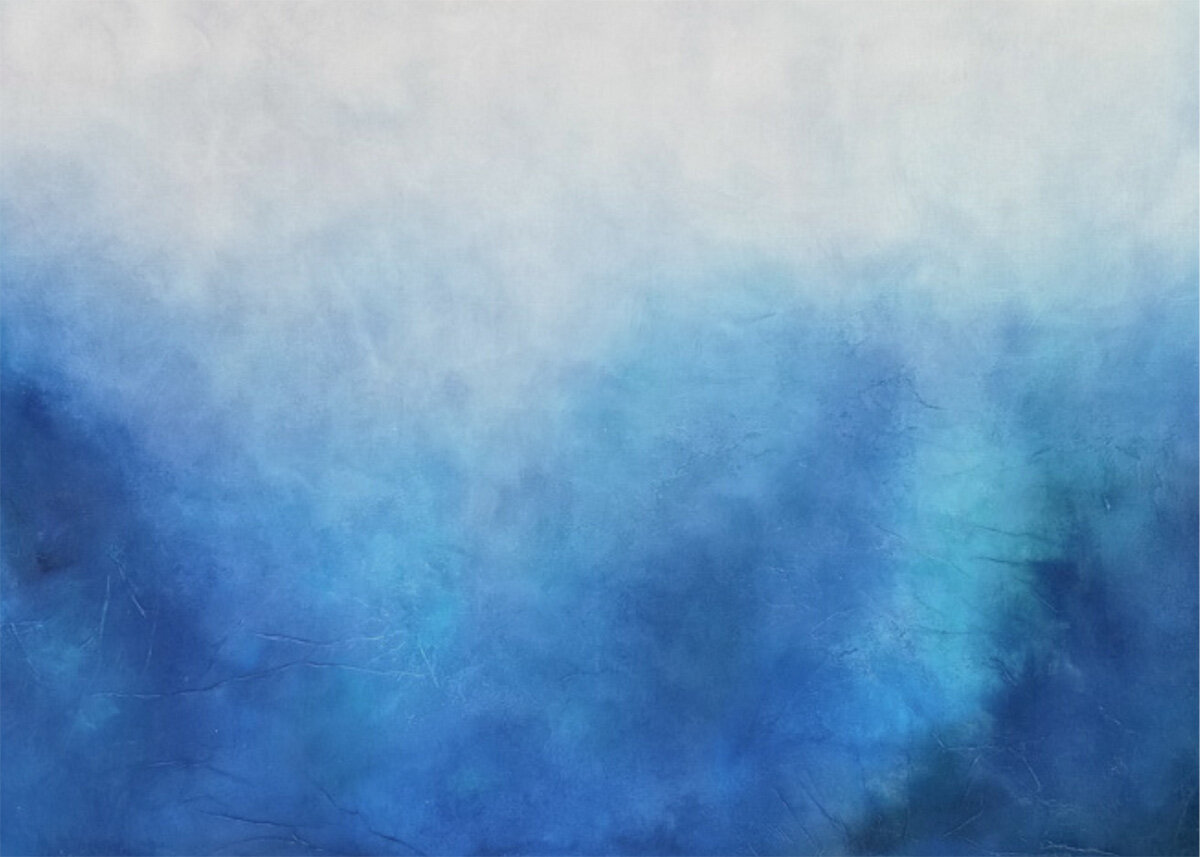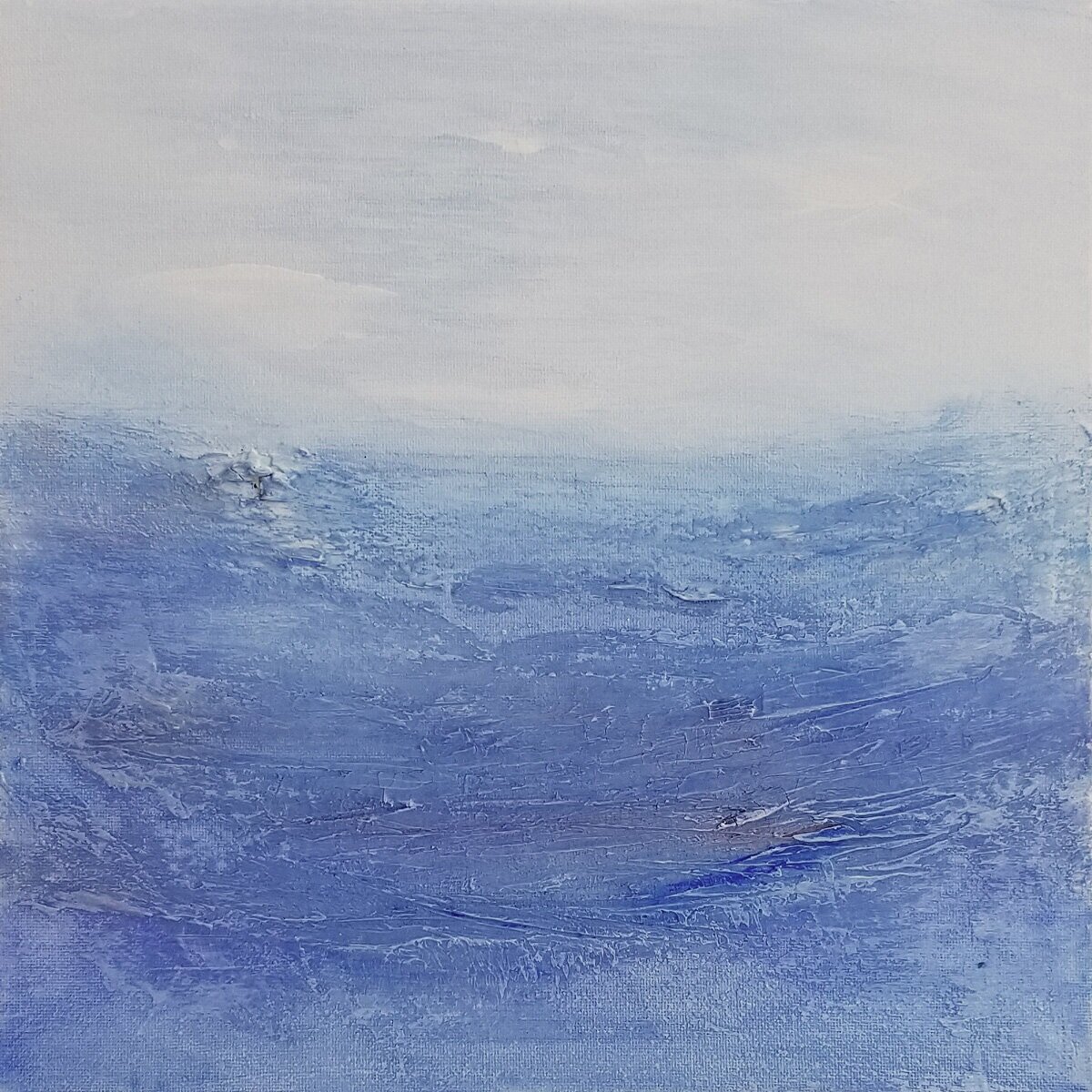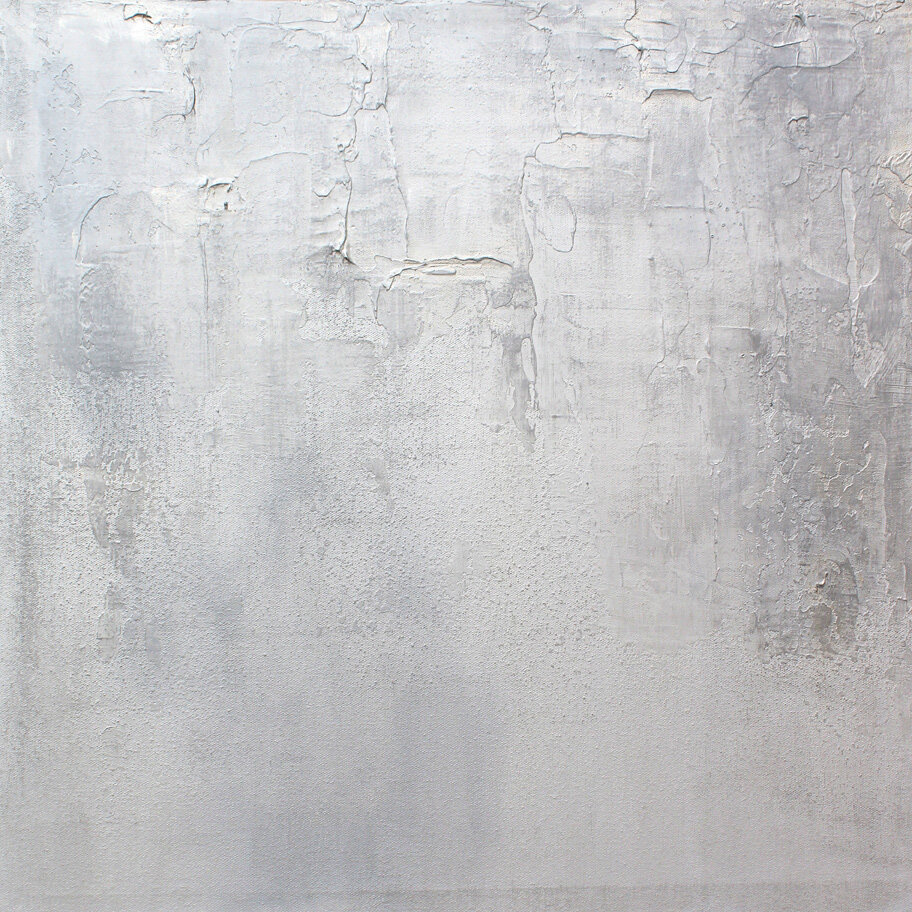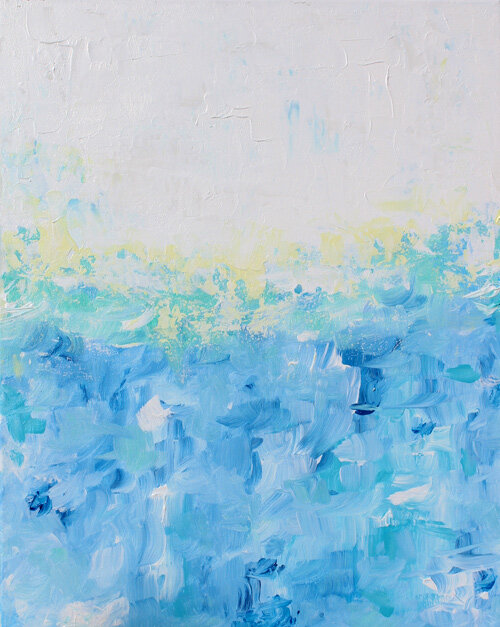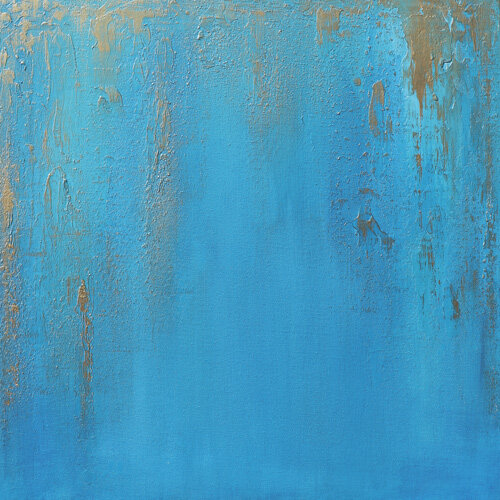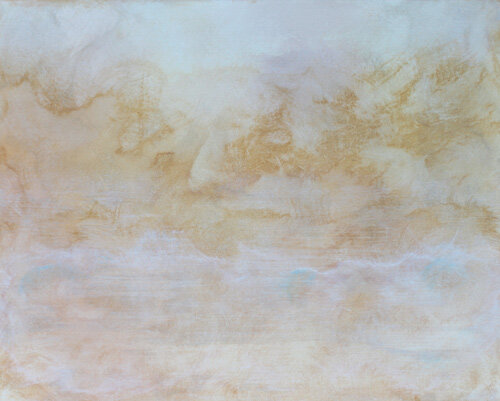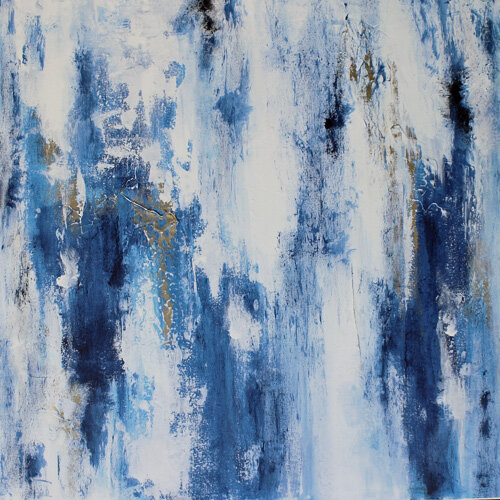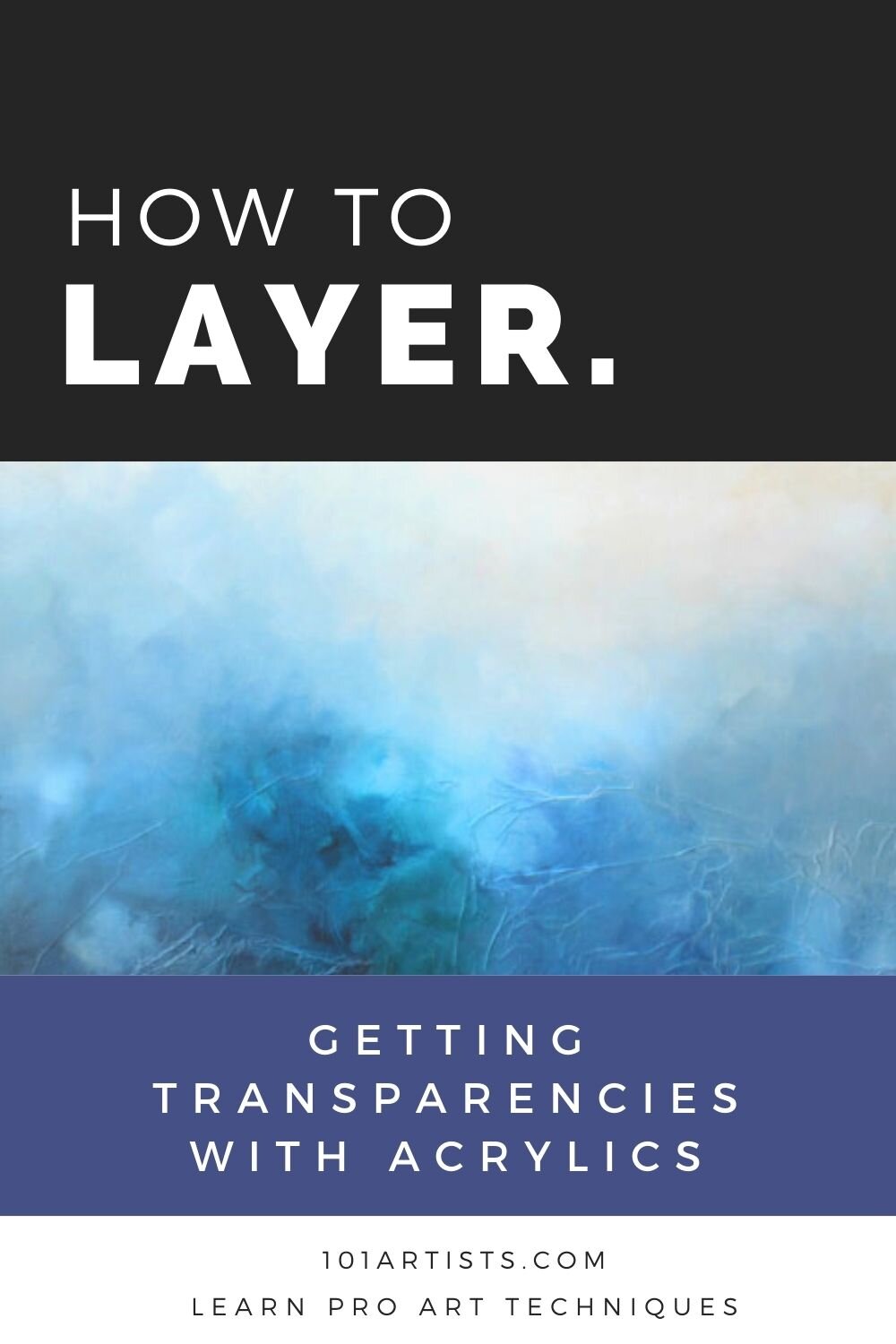MATERIALS USED
PAINTING: BLISS
MATERIALS LIST:
-See my free techniques tutorials for more info on brushes, mediums-
-Gallery-wrapped canvas (24" x 36")
-Acrylic Glazing Mediums: Satin and Gloss
-Flat brushes
-Utility/blending brushes
-Tissue paper (white)
-Texture paste or gel (the one I use)
-Sponges
-Paper towel
-Acrylic paints: Pthalo Blue/Green Indigo Blue Payne's Grey Turquoise Black or Black Acrylic Ink Titanium White -Water / spray bottle
*Links to my favorite items above - affiliate links in which I may earn a small commission :)


